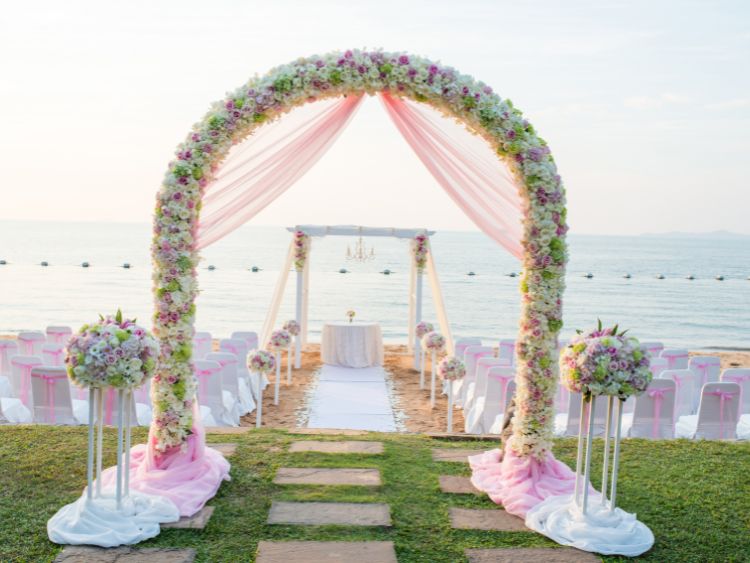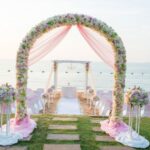What Is a Formal Dress Code?
A formal dress code represents the highest level of dress standards, typically reserved for black-tie events, weddings, galas, or high-profile business gatherings. It’s a step above smart casual or business professional attire, ensuring sophistication and elegance.
Whether you’re attending a lavish wedding or a corporate gala, understanding the nuances of formal attire can help you nail the look.
Types of Formal Dress Codes
When someone mentions “formal dress code,” they could be referencing different levels of formality. Here’s a quick breakdown:
- White Tie: The most formal dress code. Think presidential dinners or royal balls.
- Men: Tailcoats, white bow ties, and patent leather shoes.
- Women: Full-length evening gowns, gloves optional.
- Black Tie: A step down from white tie but still incredibly formal.
- Men: Tuxedos, black bow ties, and polished shoes.
- Women: Floor-length dresses or elegant cocktail dresses.
- Black Tie Optional: Offers slight flexibility.
- Men: Tuxedos or dark suits with ties.
- Women: Full-length gowns or sophisticated midi dresses.
- Creative Formal: Adds a modern twist to classic formal wear.
- Men: Tuxedos with colorful ties or patterned jackets.
- Women: Bold evening gowns or jumpsuits with statement accessories.
Why Does the Formal Dress Code Matter?
Dressing appropriately for formal events isn’t just about looking good—it’s about showing respect for the occasion. A formal dress code ensures a uniform aesthetic that enhances the event’s atmosphere.
Benefits of Following a Formal Dress Code
- Confidence Boost: Looking sharp makes you feel confident.
- First Impressions: Your attire speaks volumes before you even say a word.
- Cultural Respect: Certain events, like weddings or galas, often hold cultural or traditional significance.
Formal Dress Code Essentials
For Men
- Tuxedo or Suit: Always choose a well-fitted option.
- Shirt: A crisp, white dress shirt is a must.
- Tie or Bow Tie: Match it to the occasion’s tone.
- Shoes: Polished oxfords or patent leather shoes.
- Accessories: Cufflinks, pocket squares, and a sleek belt complete the look.
For Women
- Evening Gown: Opt for luxurious fabrics like silk or satin.
- Shoes: Heels that complement the outfit (and you can walk in).
- Jewelry: Keep it elegant—think pearls or diamonds.
- Handbag: A clutch or small evening bag works best.
- Makeup and Hair: Sophistication is key—neutral tones or a bold red lip.
Tips for Nailing the Formal Dress Code
- Understand the Event’s Tone: Is it a gala or a corporate dinner? Adjust your style accordingly.
- Prioritize Fit: Ill-fitting clothes can ruin even the most expensive outfit.
- Stick to Classic Colors: Black, navy, and deep hues are fail-safe options.
- Invest in Quality Pieces: A tailored tuxedo or an elegant gown is worth every penny.
- Mind Your Accessories: Overdoing it can clash with the formal vibe.
Common Mistakes to Avoid
- Going Too Casual: Leave jeans, sneakers, and t-shirts at home.
- Ignoring the Dress Code: If an invitation specifies “black tie,” don’t show up in a suit.
- Wearing Uncomfortable Shoes: You’ll regret it after an hour of standing or dancing.
- Skipping Grooming: Hair, makeup, and personal hygiene are part of the package.
Formal Dress Code FAQs
What’s the difference between white tie and black tie?
White tie is the most formal dress code, requiring tailcoats for men and floor-length gowns for women. Black tie is slightly less formal, often involving tuxedos and elegant dresses.
Can I wear a short dress to a formal event?
Yes, for black-tie optional or creative formal events. However, stick to floor-length gowns for strictly formal occasions.
Do I need a tuxedo for a black-tie optional event?
Not necessarily. A dark, well-fitted suit with a tie is acceptable.
Are open-toed shoes appropriate for formal attire?
Yes, but ensure they are elegant and complement your outfit.
Can I add color to a formal outfit?
Absolutely! Accessories like ties, pocket squares, or jewelry are great ways to introduce subtle pops of color.
Conclusion
Mastering the formal dress code is all about balance—staying true to tradition while adding your personal flair. Whether you’re attending a black-tie gala or a white-tie event, preparation and attention to detail will ensure you shine.
Remember, when in doubt, it’s better to be slightly overdressed than underdressed. Confidence is your best accessory!
Authoritative Links
- www.gq.com/formal-dress-code-guide
- www.vogue.com/dress-code-etiquette
- www.brides.com/formal-wedding-attire
- www.forbes.com/black-tie-vs-white-tie
- www.realsimple.com/what-to-wear-to-formal-events






